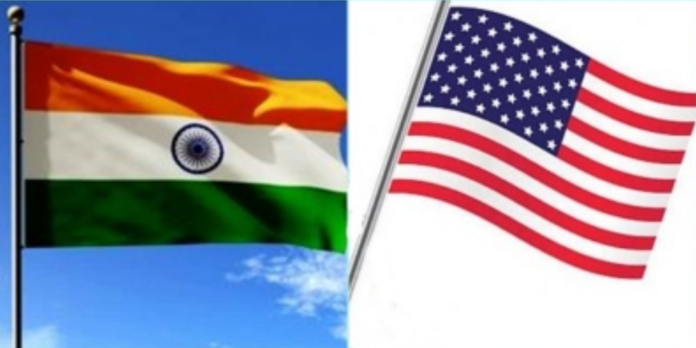New Delhi— Ongoing high-level trade negotiations between India and the United States have been extended into next week, as both sides work to finalize an interim deal ahead of a looming July 9 deadline, a senior official confirmed Friday.
The talks, led by India’s Additional Secretary Rajesh Agrawal and senior representatives from the U.S. Trade Representative’s (USTR) office, have been underway in New Delhi since midweek. U.S. officials flew in for what was initially planned as a weekend round of negotiations.
“The two countries are deeply engaged in focused discussions to enhance market access, reduce tariff and non-tariff barriers, and strengthen supply chain resilience,” the official said.
The goal is to reach an interim agreement before the July 9 expiration of a 90-day pause on new tariffs imposed on Indian goods by President Donald Trump. Talks are expected to continue after that, with a broader trade deal targeted for September or October.
This latest round of talks follows Commerce Minister Piyush Goyal’s recent visit to Washington, where groundwork for the interim deal was laid. India is reportedly offering substantial tariff reductions—potentially lowering average duties from 13% to 4%—in return for relief from U.S. tariffs introduced under the Trump administration. These proposals align with terms India recently agreed to in its trade agreement with the United Kingdom.
India is also pressing for greater access to the U.S. market for key sectors including steel, aluminum, auto components, and pharmaceuticals. The U.S. had recently doubled safeguard duties on steel and aluminum to 50%, a move that severely impacted Indian exporters. While India has raised the matter with the World Trade Organization, officials hope it can be resolved through bilateral negotiations.
The U.S., meanwhile, is pushing for broader access for its agricultural and dairy products. However, India remains cautious in this area, citing the livelihood concerns of millions of small-scale farmers. Limited concessions may be considered, such as expanding imports of goods like almonds, which are already a part of the trade flow.
In return, India is likely to demand improved access for its seafood products—particularly shrimp and fish—as well as globally competitive exports like spices, coffee, and rubber, which currently face stiff U.S. tariffs.
In 2024, India-U.S. trade reached $129 billion, with India posting a trade surplus of $45.7 billion. During Prime Minister Narendra Modi’s visit to Washington in February, he and President Trump jointly launched “Mission 500,” an initiative to double bilateral trade to $500 billion by 2030.
U.S. Secretary of Commerce Howard Lutnick has signaled optimism, saying at the U.S.-India Strategic Partnership Forum’s Annual Leadership Summit that a formal trade agreement is likely to be finalized soon. (Source: IANS)







